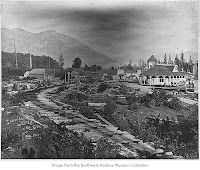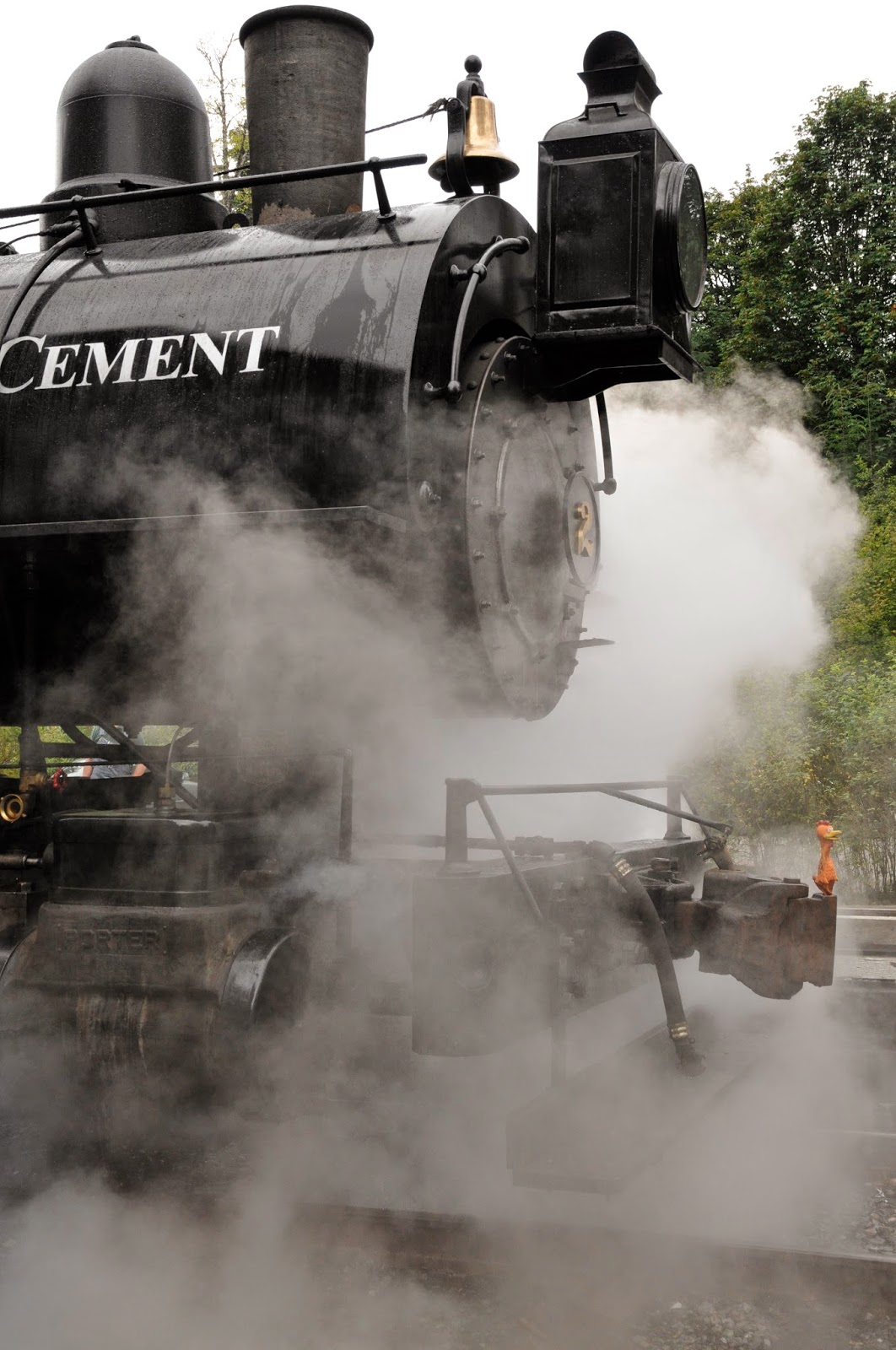 |
Museum's Curator of Collections peers
from the 924's firebox door opening.
|
 |
Inside the boiler barrel, scale is removed
from the inside of the tube sheet.
|
 |
Boiler sheet thickness measurements
were entered directly into a spreadsheet.
|
 |
A Federal Railroad Administration
inspector examines the 924's firebox.
|
 |
An area of firebox side
sheet is being removed
to allow for replacement.
|
So as 2014 draws to a close, the 1899-built locomotive 924 has a wonderful New Year to look forward to, and your support can ensure that the work continues! Please consider a tax-deductible contribution to the "steam program campaign". All contributions will be used to rehabilitate and restore locomotive 924.
 |
Cutting around stay bolts in the firebox side sheet.
|














.jpg)
































